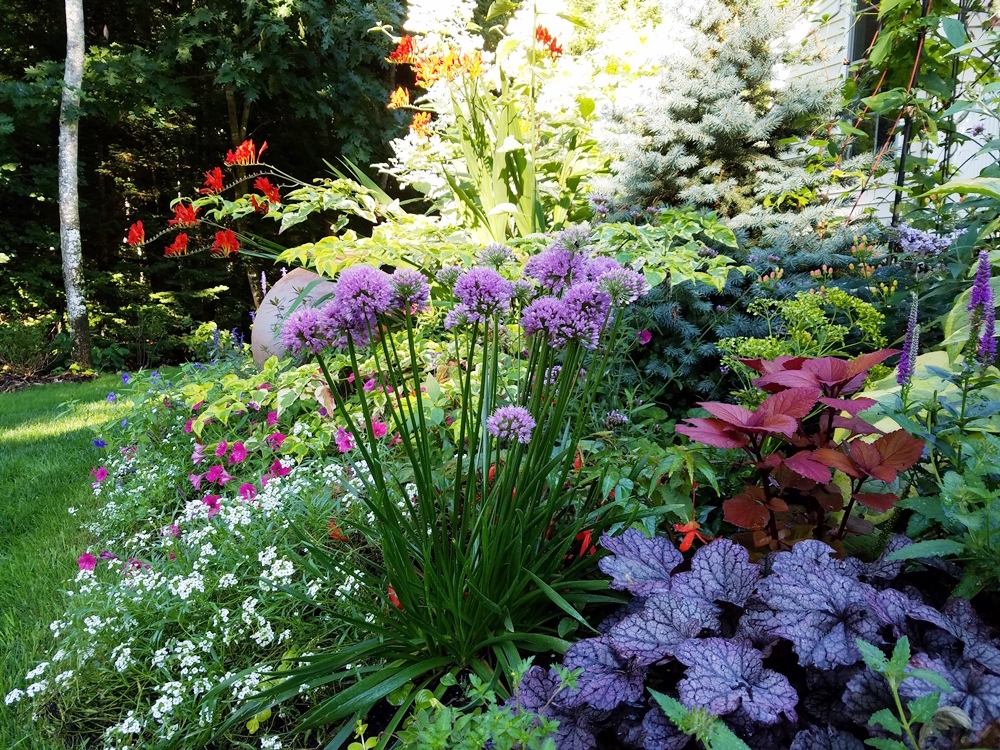Hug a Tree
Many gardeners are all abuzz about saving our pollinators. As a beekeeper, I am thrilled; this is a good thing. Even the big box stores have labels on some perennials that trumpet the cause. Just make sure you check the tags to confirm the plants have not been treated with neonicotinoids, a pesticide that spells death to bees.

And while many of us now understand the importance of milkweed it’s only the beginning. Protecting pollinators, which include bees, moths, butterflies, and bats, means more than planting a few pretty perennials.

According to entomologist, professor, and author Doug Tallamy, the top-ranked woody genus for pollinators is Oaks (Quercus), which support 534 species. The top-ranked herbaceous plant is Goldenrod (Solidago) which, in comparison, supports 114 species.
In other words, trees are very important to pollinator health; they provide most of the earliest food available in the spring.

Numbers don’t tell the whole story, however. Many butterflies, moths, and native bees require a specific plant for survival. The monarch and its connection with milkweed has been well-publicized. All this makes for a compelling argument that gardens with an eye to the future should encompass a diversity of native plant material.
For a list of native pollinator plants and the number of species they support, check out Bringing Nature Home.
Autumn Mosaic

“Winter is an etching, spring a watercolor, summer an oil painting and autumn a mosaic of them all.”
― Stanley H. Horowitz
Radical Perennials
Kerry Ann Mendez is in the house
As many of you know I lecture extensively on gardening. One of my favorite fellow lecturers is Kerry Ann Mendez of Perennially Yours. You may have even heard her speak on the “Right-Sized Flower Garden”.” Kerry is a knowledgeable and entertaining speaker who is able to convey lots of information in a fun and informative way.
Now, you can enjoy Kerry Ann’s latest lecture while still in your pj’s! Kerry Ann is offering a webinar where she will discuss “Radical Perennials” – the plants all of us want – beautiful, long-lasting, low-maintenance.
Read More»Truth Is … Bittersweet
No doubt bittersweet is beautiful in fall arrangements. Just search Pinterest and you’ll see it featured in many fall container gardens.

While I understand bittersweet’s appeal I NEVER advocate it.
Oriental bittersweet (celastrus orbiculatus) is invasive.
Our feathered friends feast on the orange/yellow berries and then do their business in the woods. Bittersweet is a thug. Once it starts growing it takes over, monopolizing light and water, and choking out native plants. Bittersweet will either climb over plants and smother them or twine tightly up the plants and constrict them. If you like the look, consider using artificial. You’ll not only help save native plants you’ll save money by having a garland you can use for many years to come.



Follow Us!